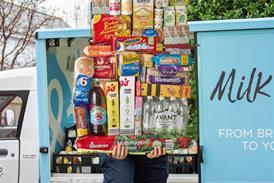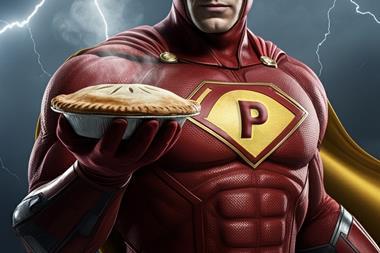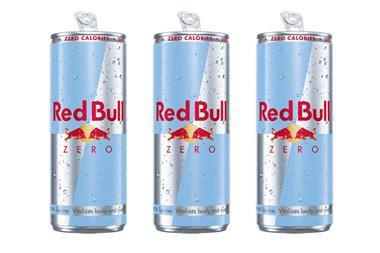While Dutch bacon curers are still shipping around 2,500 tonnes of back bacon a week, there are strong indications that price rises are on the way.
The latest Dutch government figures show a 2% drop in clean pig numbers for August, coupled with a 5% drop in in-pig sow numbers.
There is increasingly fierce competition between curers, not all of whom have direct access to slaughter lines for raw material.
Pigmeat manufacturing prices are rising steadily and in unpredictable ways. Between weeks 35 and 41, back fat nearly doubled in price. Neck meat is costing more than bone-in bellies.
"The back of every second pig killed in Holland goes to make bacon for the English market," said Hans Heier, secretary of the Dutch Bacon Curers' Association.
But while Holland needs the UK market to balance its output, the declining pig numbers mean that other options will become more attractive. Nor can the Dutch afford to trade at a loss because rising raw material costs continue to erode their margins.
The Dutch pig industry knows that the national herd is going to decline, even if no-one knows by how much. The government is predicting a 15% drop in pig numbers in the next two to three years, but industry observers take that to mean at least 20%.
The long term cut in pig numbers is to be enforced by a manure control legislation which is still under discussion in the Dutch parliament. This covers the total nitrate loading placed on farmland and will require livestock units to hold contracts for disposal on arable land.
The effects on livestock numbers can only be guessed at the moment. But the contraction in pig numbers will produce a similar drop in levy revenues to fund research and marketing. This has already been discussed by the product board (PVE), which is developing contingency plans for a reduced five-year budget.
{{PROVISIONS }}
Close menu
- Home
- Retail & Wholesale
-
Products & Suppliers
- Back to parent navigation item
- Products & Suppliers
-
Product Categories:
- Back to parent navigation item
- Product Categories:
- Alcoholic drinks
- Bakery
- Cereals & breakfast
- Cheese
- Chicken & poultry
- Chocolate
- Confectionery
- Crisps, nuts & snacks
- Dairy
- Fish
- Fresh produce
- Frozen
- Household
- Meat
- Own Label
- Sauces & condiments
- Seasonal
- Soft drinks
- Vaping
- Vegan & plant-based
- World foods
- Suppliers
- People
- Reports & Data
-
Topics A-Z
- Back to parent navigation item
- Topics A-Z
-
Popular topics:
- Back to parent navigation item
- Popular topics:
- Cost of living crisis
- Crime
- Deposit Return Schemes
- Finance
- Government & Regulation
- Health
- Inflation
- Loyalty
- Marketing
- Mergers & Acquisitions
- New Product Development
- Sourcing
- Supply chain
- Sustainability & environment
- Technology
- Ultra Processed Foods
- Vaping
- A-Z all topics
- Content by type:
- Events
- Subscribe now
Sign in to comment on this article
Not logged in before? Register for FREE guest access today.
You will be able to:
- Read more stories
- Receive daily newsletters
- Comment on stories
Advert


















No comments yet